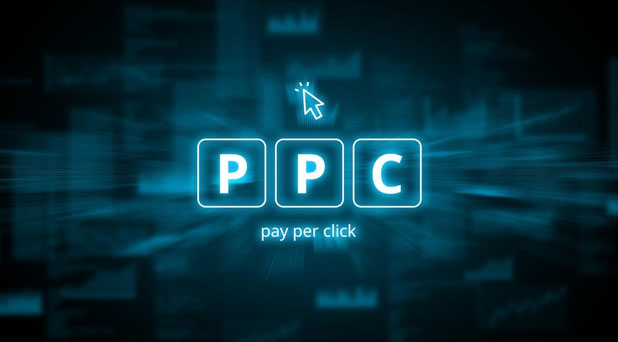
Nov 14, 2022
When someone routinely uploads new content to their websites, the natural question arises: What happens to the older articles?
Your previous work is truly treated unfairly by the blogging system because it is archived and loses traffic and significance.
Is it possible to always have the most recent content on your website? Yes, but let's first talk about why.

Keeping your content fresh and updated entails more than just fighting the unfairness of your previous work withering away. It's a legitimate marketing strategy that helps you save money and improve the customer experience on your website.
So let's explore why it's crucial to update outdated content:
The user experience
The primary motivation is that you expect each page on your website to function as a successful entry landing page: Bounces are probable as a result of outdated information and faulty links. These are lost clients and leads.
Search engine optimization
Content updates have many benefits for SEO, including ensuring more consistent rankings, particularly for queries that deserve to be revised. Everybody has experienced this: A competitor refreshes a page and instantly rises three to four positions. It might be a short-term bump, but if you don't refresh your page, it might last for 12 to 18 months. You can avoid these situations by regularly updating your outdated content and avoiding the need to chase after each particular loss.
As new technologies and trends emerge, your content can quickly become outdated. This can be a major problem, as outdated content can turn off potential customers and make your business look behind the times.
So how can you tell if your content is outdated? Here are a few signs to look for:
If you see any of these signs, it's time to update your content. Keep your content fresh and relevant.
If you're wondering how often you should be updating your content, you're not alone. It's a common question that plagues content creators and businesses alike. The answer, unfortunately, is not as straightforward as we would like.
It all depends on your goals and your audience. If you're trying to attract new readers or viewers, you'll need to create new content regularly to keep them coming back. On the other hand, if you're focused on engaging your existing audience, you can get away with updating your content less often.
The best way to figure out how often you should be updating your content is to experiment and see what works best for you and your audience. Try different frequency levels and see what gets the best results. Over time, you'll be able to fine-tune your content strategy and find the perfect approach.
Add significant details. Unfortunately, Google refused to specify how much information would be deemed "significant."
You will therefore need to exercise editorial discretion. Here are some suggestions from our experts to get you going:
Redirect to a new page
This is an ideal option if you're combining several older entries on the same subject into a single new one.
When you use dates in URLs, redirecting makes sense as well.
If you can avoid internal redirects.
Keeping your existing content updated improves user experience and SEO by allowing you to capitalize on previous efforts and link equity. Because of dated search snippets, newer information probably draws more clicks.
Assess your traffic and ranking losses to find the content that needs to be updated. Update well-linked content that has never been ranked for any reason, as well.
Republishing an outdated article with a new date without making any updates is against Google's policies. You can republish previous articles and push them to the top of your archives by adding important material, such as new sources, tools, metrics, photographs, and videos. This increases the likelihood that they will rank higher and receive more clicks. You can save all these troubles by partnering with us.
We at Glocal Assist can regularly craft user-centric content to enhance user experience, our SEO experts can help you remain on the first page of the Google search so that you can focus on other aspects of your businesses.
Get a free consultation today: glocal-assist.com/services








